The CHEOPS space telescope detected concentric rings of light with rainbow colors on WASP-76b, an exoplanet with iron rain.
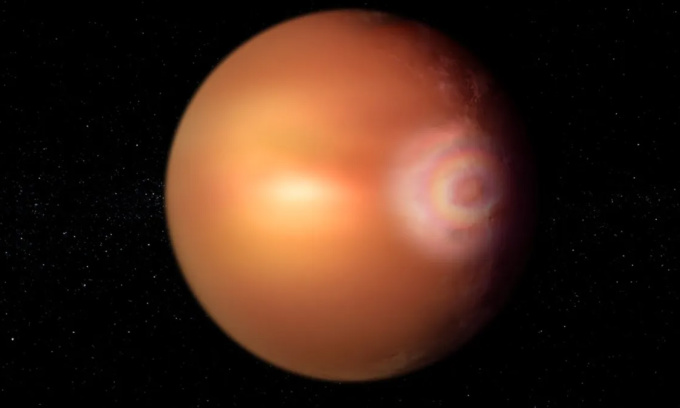
Simulation of exoplanet WASP-76b and its rainbow-like halo. Image: ATG/ESA
Astronomers have discovered the first evidence of a halo, a colorful, rainbow-like meteorological phenomenon, on an exoplanet (a planet outside the solar system), IFL Science reported on April 5. The new study was published in the journal Astronomy & Astrophysics.
Halos are concentric rings of light in the colors of the rainbow—red on the outside and violet on the inside. Although they are also formed by water droplets bending light, they differ from rainbows because the backscattered light is diffracted between the water droplets, rather than refracted through them. The phenomenon is so named because it resembles the halos around the heads of saints in medieval paintings.
"There's a reason why this corona has never been seen outside our solar system before. This phenomenon requires very special conditions. First, it requires atmospheric particles that are almost perfectly spherical, completely homogeneous, and stable enough to be observed for long periods of time. The star near the planet needs to shine directly on it, and the instrument – in this case the CHEOPS space telescope – needs to be pointed in the right direction," said Olivier Demangeon, lead author of the study and an astronomer at the Institute of Astrophysics and Space Sciences in Portugal.
The exoplanet WASP-76b is so close and hot from its star that it is thought to rain iron. This proximity causes one side of WASP-76b to be tidally locked and always facing its host star, called the “day side,” to reach temperatures of up to 2,400 degrees Celsius. The other side of the exoplanet, the “night side,” is always facing space and is cooler, but is subject to strong winds caused by the temperature difference. Near the day-night boundary, vaporized metals on the day side condense and fall as iron rain.
More evidence is needed to confirm that the phenomenon observed by the CHEOPS space telescope at WASP-76b is a rare glory. If true, it would suggest the presence of clouds made of perfectly spherical water droplets that have existed for at least three years, or that these clouds are constantly replenished. If the clouds are long-lived, WASP-76b’s atmospheric temperature should also have remained stable over time. This is an exciting bit of information, suggesting stability on an exoplanet that is otherwise considered chaotic.
The new findings also suggest that exoplanet experts can study distant worlds for similar light phenomena, including starlight reflected from liquid lakes and oceans. This is important in the search for life beyond our solar system.
Thu Thao (According to Space, IFL Science )
Source link










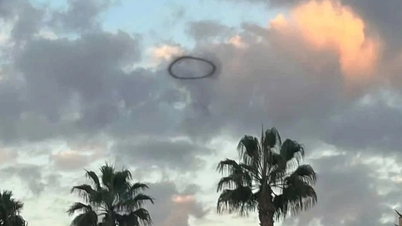
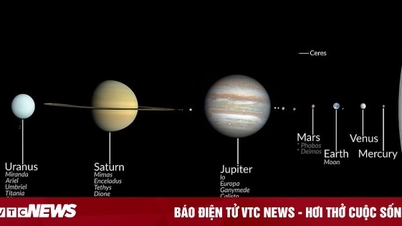































![[Video] The craft of making Dong Ho folk paintings has been inscribed by UNESCO on the List of Crafts in Need of Urgent Safeguarding.](https://vphoto.vietnam.vn/thumb/402x226/vietnam/resource/IMAGE/2025/12/10/1765350246533_tranh-dong-ho-734-jpg.webp)





















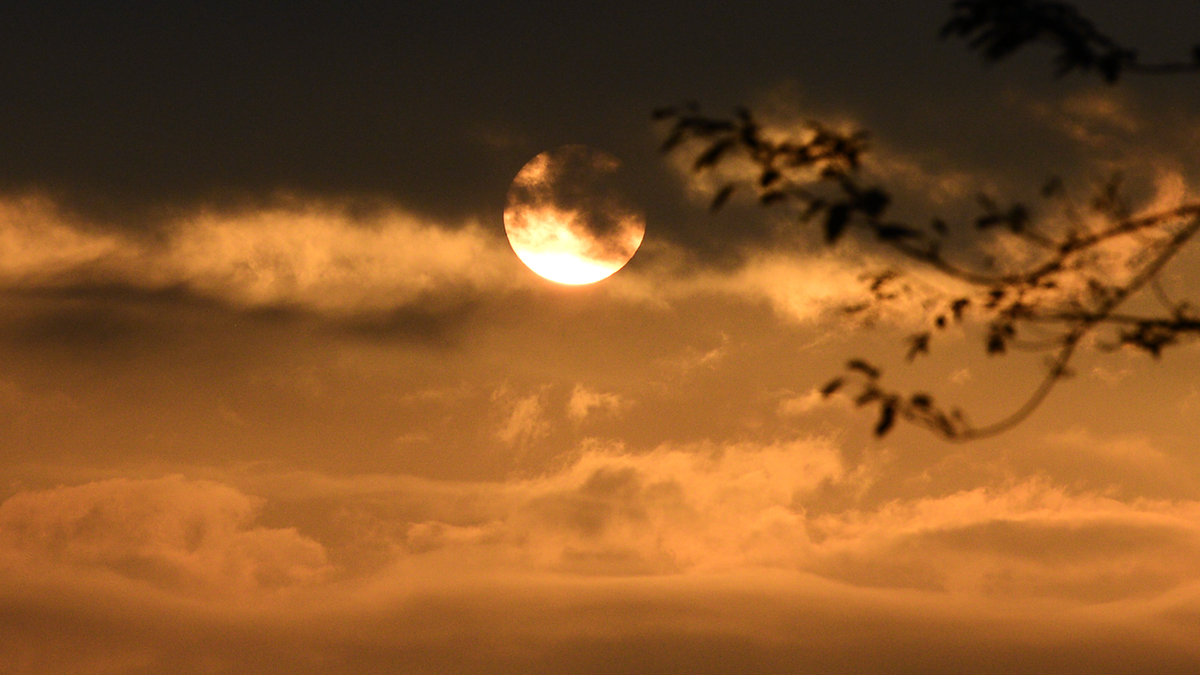














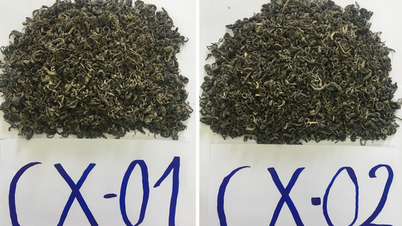





























Comment (0)